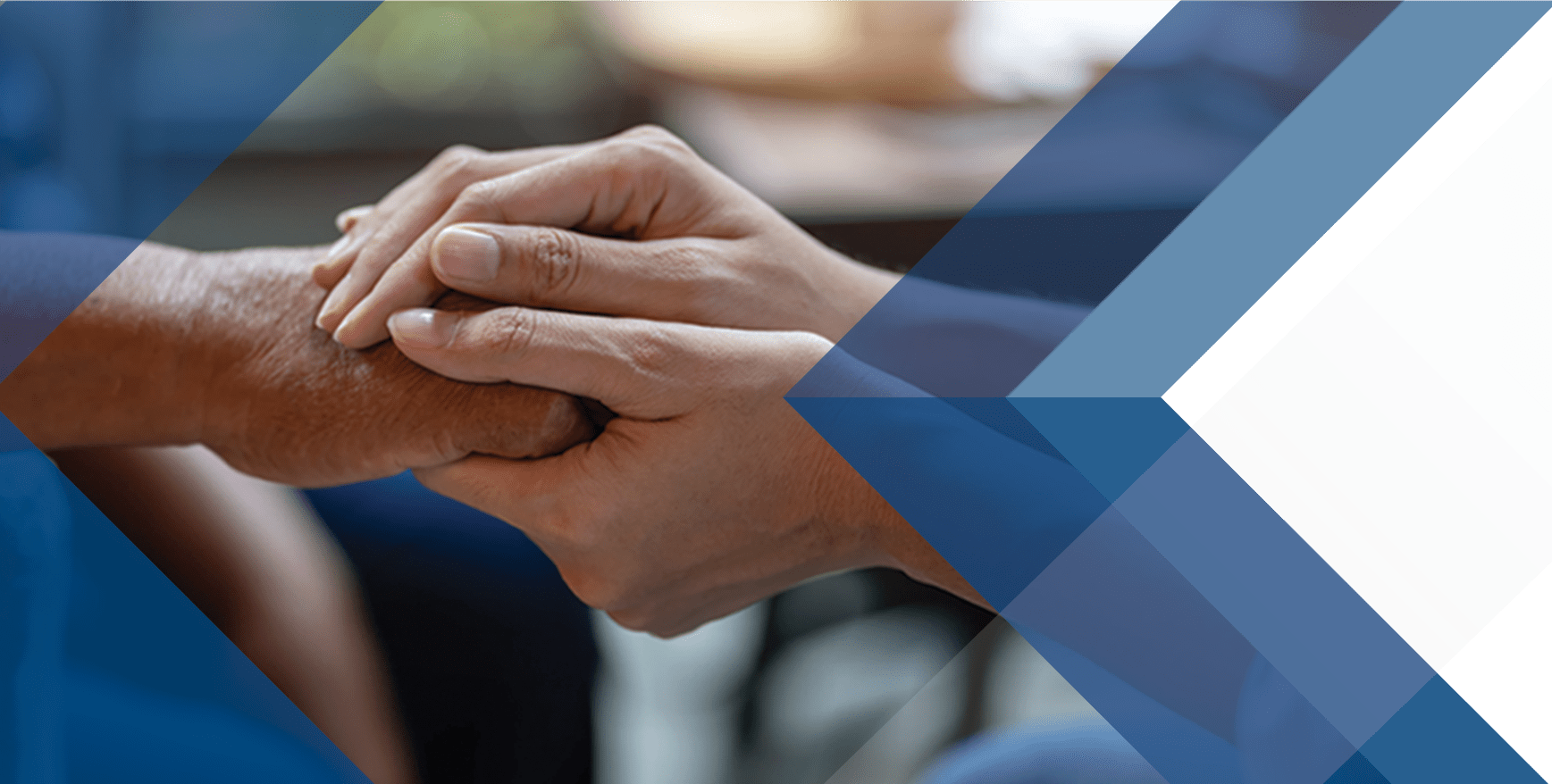
What is CBDR?
Community-Based Drug Rehabilitation (CBDR) is an integrated model for helping persons who use drugs (PWUDs) with low to mild severity of use. It includes screening, treatment, recovery and family support, aftercare and reintegration.
Why focus on CBDR?
CBDR promotes social integration and increases the accessibility for rehabilitation within the community. However, there are many challenges in implementing CBDR services in the Philippines.

